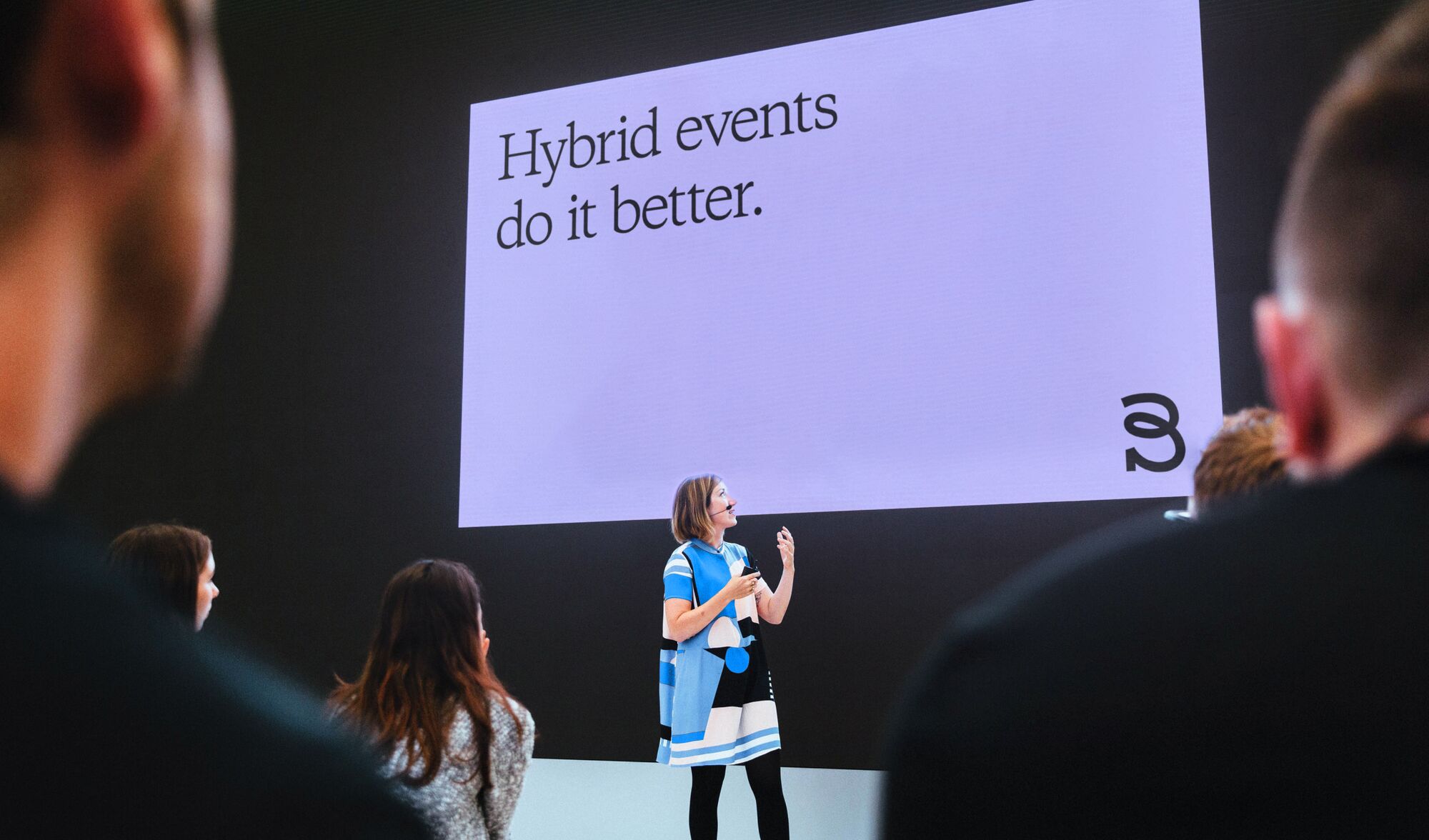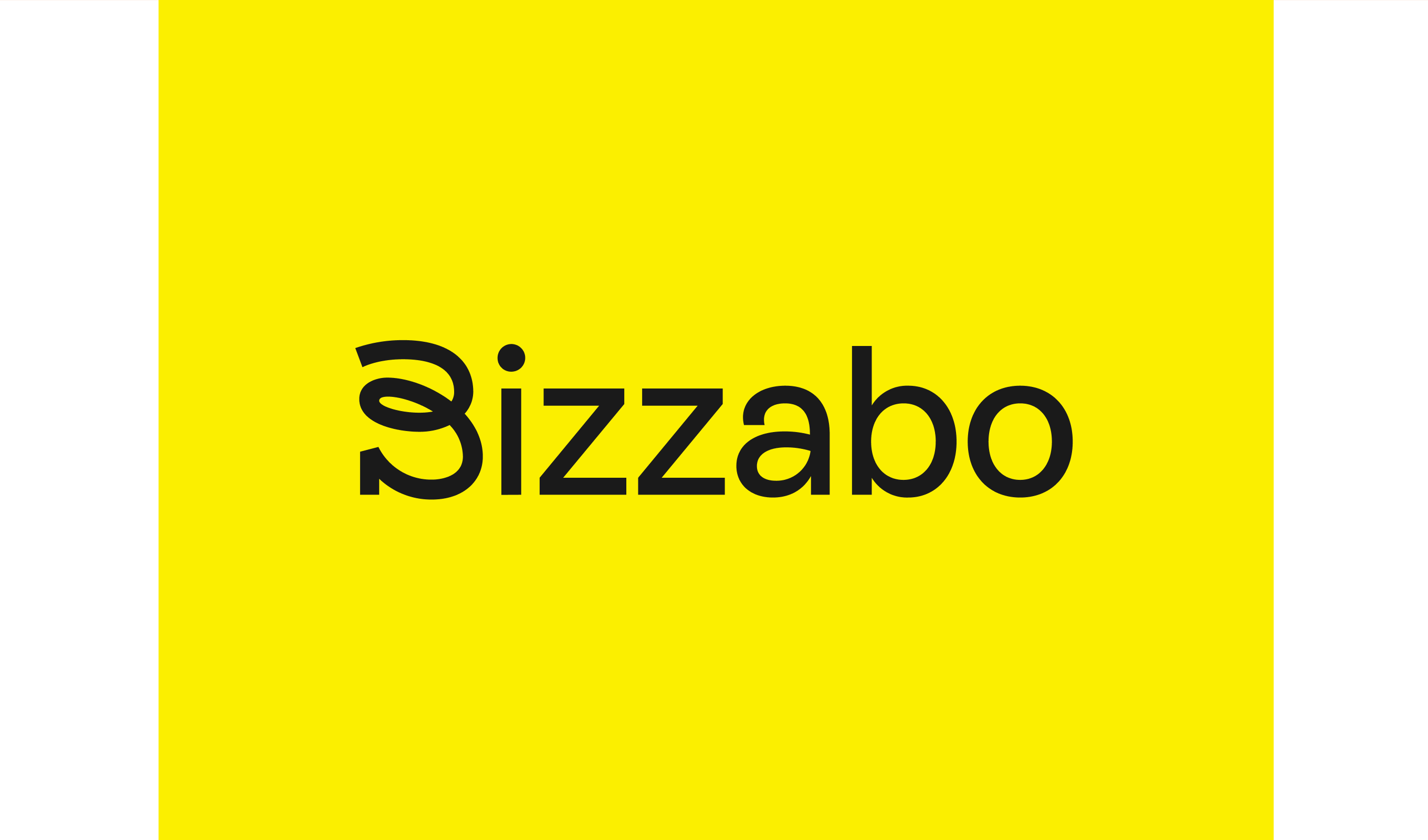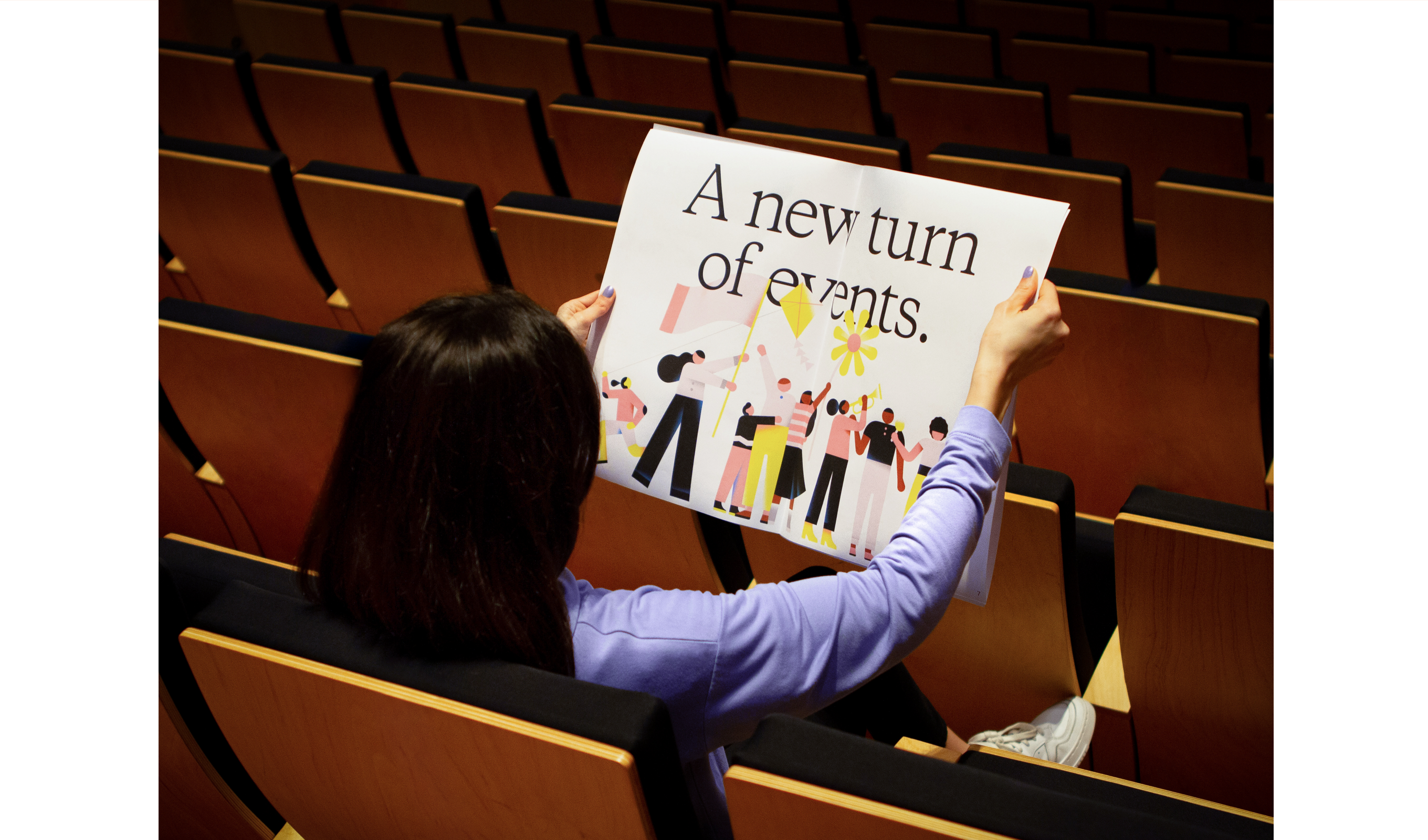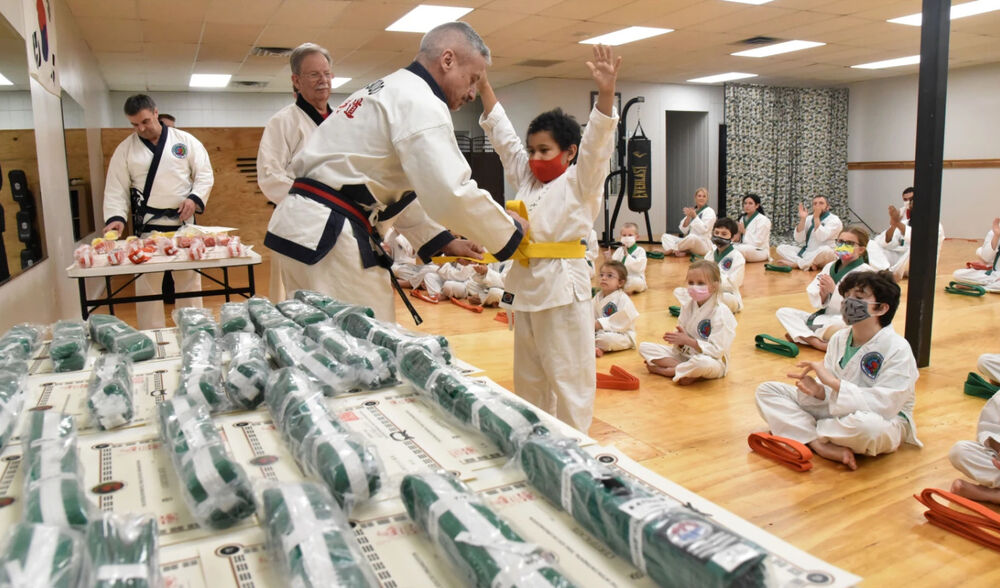How to Category Create Your Way Out of a Pandemic
A conversation with Alon Alroy, CEO Bizzabo


What to do when you, intrepid category creator, find yourself bogged down in an existing category crowded with competitors?
And let’s add a fun little wrinkle—you’re in the middle of a pandemic threatening your very existence.
A year ago, our client Bizzabo fit an archetype called The Better. They sat in an existing category, event management software, positioning themselves as “better” based on features alone. “We’re better event management software” was their pitch; not a position category creators want to be.
Moreover, the in-person event industry disintegrated when Covid hit. Event software faced a life or death situation.
So Bizzabo pulled the ripcord on their existing category, event management software, and jumped into a new category of their own invention. They called their reimagined platform an Event Experience OS. I interviewed Alon Alroy, Bizzabo’s forward-looking CMO, who walks us through his journey—from the initial ambition to the launch of the new category.
Just before meeting us, the team at Bizzabo knew said ambition was much bigger than what the rest of the industry called hybrid. They started working on the product, making something new. But they didn’t quite know what they needed from there. That’s when we, the team at Gold Front, got a call that this very interesting company was looking for a rebrand.
Alon Alroy: At the beginning we probably didn’t describe what we wanted clearly enough. We thought it was a rebrand, but it was clear to us that it is not just about the visual identity, it's about the whole messaging and strategy and positioning. We realized what we're actually looking for is someone to help us go through the category design exercise, and then we found you guys.
Let's talk about the strategy piece. We do workshops with clients, and sometimes clients feel like, "Hey, we're a little lost in the woods here at the beginning because there's so many possible ways we could take this thing." We did two workshops with all of you. Could you just walk me through what you were thinking when we did that?


Sometimes to drive meaningful change you do need an external force. You oftentimes need a mirror to help you see things in a different manner. I think those workshops really helped. I think the right questions were asked.
Well, I went back to the POV, and the crux of the story is about the event management software industry's misunderstanding of what successful hybrid experiences really should be. You guys understood that hybrid experiences should be a seamless melding of physical and virtual, not an either/or concept. How has that piece of the story worked for you as you've brought it out into the world?
The POV and the story itself created a lot of emotions, and those emotions created excitement, that excitement created action. Some of the best hybrid experiences out there are when you are in Uber or when you get something on Amazon, these are all digital experiences that really impact an amazing experience offline, in the real world. That understanding is what we were missing.
I'm assuming you've been in on sales conversations with customers where you’ve told them that your vision of events is a more elevated version of hybrid. Can you tell me a little bit about how that's been received?
I want to read to you something that someone sent to me on LinkedIn on the day of the lightning strike. Someone from the industry who knows the competition and knows how noisy that is and her message was, "Just wanted to say that as a marketer with your new positioning, the OS, you just put yourselves in a league of your own and broke out from all of the competition. Brilliant move. Congrats."
So we did the category POV. Then we went into a rebrand and the plan was to launch the POV and the new brand on the same day, so we can get maximum eyeballs. What was the best moment from the rebrand and what was the worst moment?
The most exciting part was sharing it with Bizzaboers. The moment when for the first time we revealed it to people so attached to the old brand, who had been there for 10 years. That was the most exciting and scary one, because we chose pretty bold colors and pretty bold directions. It was a very, very big change compared to what we had before. It was also clear that if we don't do it right, the messaging, the POV and the narrative can fall flat as well, because they're connected.
One of the best moments of my last year was during a meeting with you and your producer Zoe, right after you shared the new brand internally. I remember you were a little concerned about how it would be received. And then during the meeting you guys were on cloud nine.
It's amazing. In the end the brand represents who we are. And the fact that people felt very, very proud of something that they just saw and excited about the future was just an amazing feeling. It made us even more motivated on the external launch, which followed around three weeks after.
We did hit a couple hiccups along the way. I remember one thing was the yellow. There were a couple people including Eran, your co-founder, who were unsure about that big of a change. Can you walk me through what was going on your side at that time?
To me, we needed a bold move in order for the messaging to be bold. And because the market became so competitive with so much noise and everyone just looked the same and sounded the same, we wanted something that people could not ignore. You guys suggested the yellow, and it made us feel uncomfortable. And I was very happy that it made us feel uncomfortable because it told me that, "okay, that is probably it." It needs to be a bit uncomfortable because it means that it's bold. And sure, Eran gave me a call and said, "I'm not sure about that one. Will we be able to be proud of that? Are we sending the right message?" But after a lot of back and forth, we got buy-in. It was a tough process, but we have an amazing partnership and trust. I'm happy to say that ultimately we both fell in love with it.
I think our work on the brand came after the stakeholder interview I did with Eran. He was describing your culture with such warmth, but it was clear that he didn't quite think the brand reflected that culture. The category POV is about taking people somewhere. Where do you want to take your customers? Where do you want to take your industry? And what is the category idea that will get them there? The job of the brand is to express that, but it's also to show how you will lead. And that has to be based on the truth of your culture. And I think that's how we ended up with this more collaborative, fun, social Bizzabo brand.
Yeah. I agree. I believe it represents us and the culture and the values, but it also represents our customers. It’s about the future. And I think that fresh, innovative color really represents the experiences of the future. That’s what made it work.
I want to talk a little bit about your product roadmap. Once you had the new category POV in hand, what impact did it have on new products in development and potential acquisitions?
I think it helped us crystallize why we’re so passionate about one product versus the other. I think one example is Whalebone. The Whalebone technology allows our customers to hear clapping at events, which sounds simple, but it changes the whole dynamic of an event. It gives the audience a voice and fights virtual event fatigue. Suddenly you turn attendees into participants because they can clap when they're happy, they can laugh, et cetera. To add those reactions... who does that? Only a company that really cares about event experience, because it doesn't add value to event management at all.
Had you ever had a central strategy that could be used for both your brand and your product?
Not something that we could put on paper. We always had our mission statement about creating more rewarding and impactful experiences, but we lacked that long form point of view that any marketer, product manager, developer, customer service person can read and truly understand.
Can you tell me a little bit about what's happened in terms of your growth goals since the launch of the category?
Sure. So first we released a new website. In general conversions increased, our overall top line traffic increased meaningfully since we launched in October. Win rates, I feel like our sales story is just becoming clear, our differentiation is becoming clear, and I'm happy to say that we keep growing. And I think the impact is only in its infancy.
I’ve never seen one of our clients take a brand that we helped them create and make so much new content and creative work with it. Can you just tell me a little bit about that? What's the experience of your internal team working with the new brand?
I think that's the beauty of a good brand system. Working with your team, we were able to build something that’s not just an end solution, it's a platform. And now we have designers who can really take it to the next level. It's about codifying the system to scale. The code name for the rebrand project was “iconic” because it wasn’t really a rebrand, it was about building an iconic brand that will last for many years to come.
Next.
